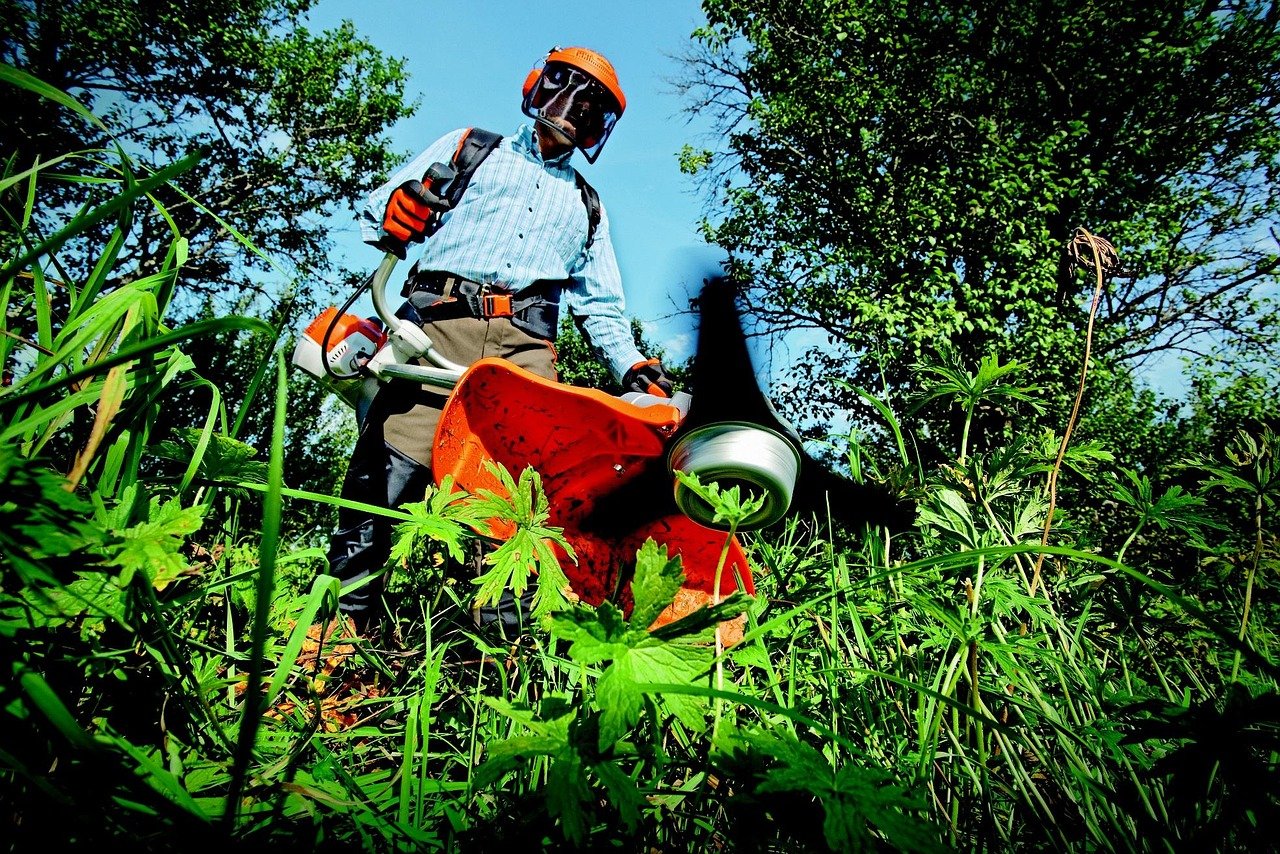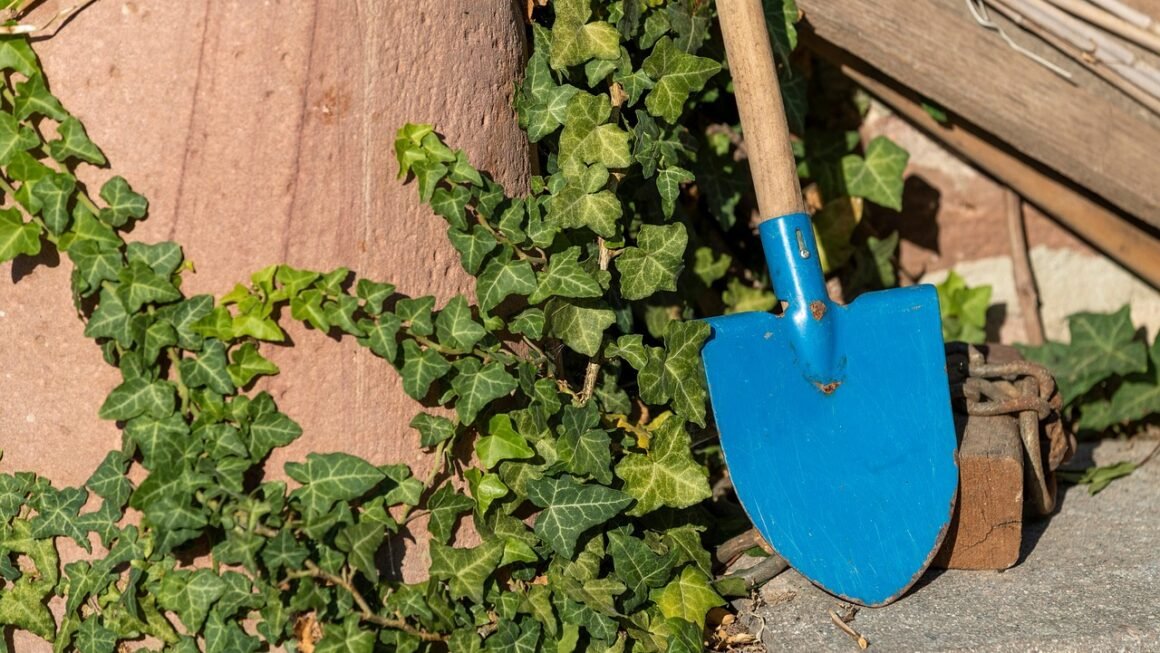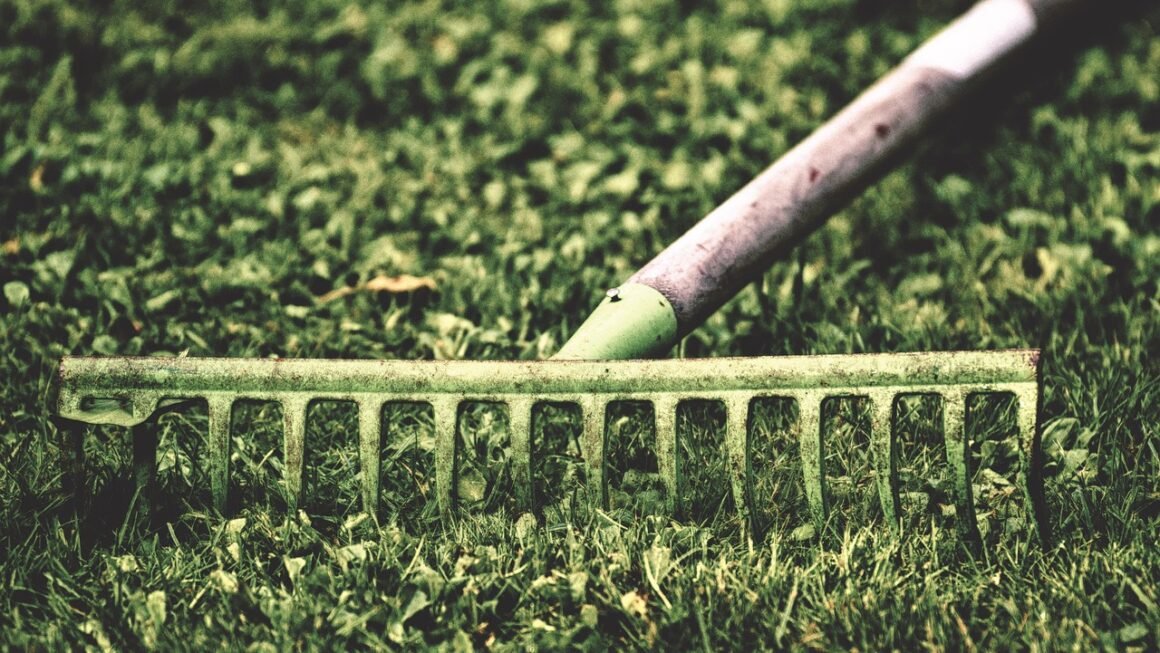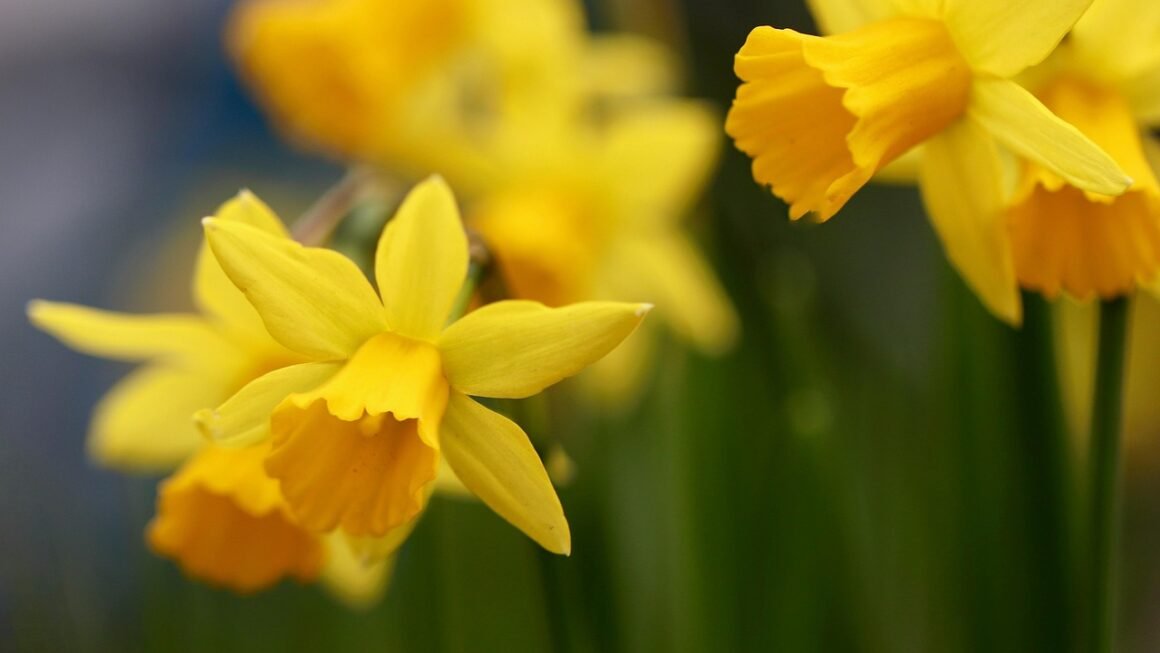Starting your own garden from seed is an incredibly rewarding experience, allowing you to cultivate a wide variety of plants tailored to your specific tastes and local environment. However, directly sowing seeds outdoors can be challenging, especially with unpredictable weather and potential pests. That’s where seed starting comes in! This comprehensive guide will cover everything you need to know about starting seeds indoors, from choosing the right supplies to nurturing your seedlings for a successful transplant into your garden.
Why Start Seeds Indoors?
Starting seeds indoors offers numerous advantages compared to direct sowing, allowing you to get a head start on the growing season and maximize your yields.
Control Over the Environment
- Temperature Regulation: Seedlings thrive in consistent temperatures. Indoor seed starting allows you to maintain optimal temperatures, usually between 65-75°F (18-24°C), ensuring successful germination.
- Light Management: You can provide adequate light, essential for healthy seedling development, especially during periods of low natural sunlight. Supplemental grow lights can be crucial.
- Protection from Pests and Diseases: Starting seeds indoors minimizes exposure to common garden pests and soil-borne diseases that can decimate young plants.
Extended Growing Season
- Earlier Harvests: By starting seeds indoors weeks or even months before the last expected frost, you can enjoy earlier harvests. For example, tomatoes started indoors in March can be ready to harvest in July, compared to August or September for direct-sown plants.
- Warm-Season Crops in Cooler Climates: Starting seeds indoors makes it possible to grow warm-season crops like peppers, tomatoes, and eggplants in regions with shorter growing seasons.
Cost-Effective Gardening
- Save Money: Buying seed packets is significantly cheaper than purchasing established plants from a nursery. You can save substantial amounts, especially if you grow a large garden.
- Wider Variety: Seed catalogs offer a much broader selection of plant varieties than most nurseries. You can choose from unique heirloom tomatoes, unusual peppers, and specialty flowers.
Essential Seed Starting Supplies
Gathering the right supplies is crucial for a successful seed starting experience. Here’s a comprehensive list:
Seed Starting Trays and Containers
- Seed Starting Trays: These typically have multiple cells, providing individual growing spaces for each seedling. Look for trays with drainage holes.
- Individual Pots: Small plastic or biodegradable pots (peat pots, coir pots) are ideal for starting seeds and can be directly planted in the garden (if biodegradable).
- Recycled Containers: Yogurt cups, egg cartons, and plastic clamshell containers can be repurposed as seed starting containers, but ensure they have drainage holes. Always sterilize them before use.
Seed Starting Mix
- Peat Moss-Based Mix: A common blend that retains moisture well, but is not very environmentally friendly.
- Coco Coir-Based Mix: An eco-friendly alternative to peat moss, made from coconut husks.
- Soilless Mix: A blend of peat moss or coco coir, vermiculite, and perlite. This provides good drainage and aeration, essential for healthy root development. Avoid using garden soil, as it can compact and harbor diseases.
Lighting
- Grow Lights: Fluorescent grow lights (T5 or T8) or LED grow lights are ideal. Place the lights a few inches above the seedlings and raise them as the plants grow. Typically, seedlings need 14-16 hours of light per day.
- Natural Sunlight: While a sunny windowsill can work, it often doesn’t provide enough consistent light, leading to leggy seedlings. Supplemental grow lights are highly recommended.
Other Essentials
- Heat Mat: Provides bottom heat, which speeds up germination.
- Spray Bottle: For gently watering seedlings.
- Labels and Markers: To keep track of different plant varieties.
- Watering Can: For watering larger trays or pots.
- Small Fan: Gentle air circulation helps prevent fungal diseases.
- Thermometer: To monitor the temperature of the growing area.
The Seed Starting Process: A Step-by-Step Guide
Following these steps will increase your success rate and help you grow strong, healthy seedlings.
Sowing the Seeds
- Fill the Containers: Moisten the seed starting mix and fill the containers, leaving about ½ inch of space at the top.
- Sow the Seeds: Follow the seed packet instructions for planting depth. Generally, smaller seeds should be sown shallowly (⅛ inch), while larger seeds can be sown deeper (¼ to ½ inch).
- Water Gently: Use a spray bottle to gently water the soil. Avoid overwatering, which can lead to damping-off.
- Cover and Label: Cover the containers with a plastic dome or plastic wrap to retain moisture. Label each container with the plant name and date of sowing.
Germination and Early Growth
- Maintain Warmth: Place the containers in a warm location, ideally on a heat mat. Check the seed packet for optimal germination temperature.
- Monitor Moisture: Keep the soil consistently moist but not soggy. Mist with a spray bottle as needed.
- Remove Cover: Once the seeds germinate, remove the plastic dome or wrap to allow for air circulation.
- Provide Light: Place the seedlings under grow lights or in a sunny windowsill. Adjust the height of the lights as the seedlings grow.
Thinning and Transplanting
- Thinning: Once the seedlings have their first true leaves (the second set of leaves after the initial seed leaves), thin them to one plant per cell or pot. Choose the strongest, healthiest seedling and snip off the others at the soil line.
- Transplanting (Potting Up): If the seedlings outgrow their initial containers, transplant them into larger pots. Handle the seedlings carefully, holding them by the leaves rather than the stem.
Hardening Off and Transplanting Outdoors
Before transplanting your seedlings into the garden, you need to gradually acclimate them to outdoor conditions through a process called “hardening off.”
The Hardening Off Process
- Gradual Exposure: Over a period of 7-10 days, gradually expose the seedlings to increasing amounts of sunlight, wind, and cooler temperatures.
- Start with Shade: Begin by placing the seedlings in a shaded location for a few hours each day.
- Increase Sunlight: Gradually increase the amount of direct sunlight they receive each day.
- Protect from Frost: If there is a risk of frost, bring the seedlings indoors or cover them with a blanket.
Transplanting into the Garden
- Choose the Right Time: Transplant the seedlings into the garden after the last expected frost date.
- Prepare the Soil: Amend the soil with compost or other organic matter.
- Water Thoroughly: Water the seedlings thoroughly before and after transplanting.
- Spacing: Follow the spacing recommendations on the seed packet.
- Protect from Pests: Use row covers or other protective measures to protect the seedlings from pests.
Troubleshooting Common Seed Starting Problems
Even with careful planning, you may encounter some common problems when starting seeds indoors.
Damping-Off
- Symptoms: Seedlings suddenly collapse and die due to fungal infection.
- Prevention: Use a sterile seed starting mix, provide good air circulation, avoid overwatering, and consider using a fungicide.
Leggy Seedlings
- Symptoms: Tall, thin seedlings with weak stems, caused by insufficient light.
- Prevention: Provide adequate light, move the lights closer to the seedlings, and ensure the seedlings are not overcrowded.
Poor Germination
- Causes: Old seeds, incorrect temperature, overwatering, or underwatering.
- Prevention: Use fresh seeds, maintain optimal germination temperatures, and water consistently but not excessively. Consider performing a germination test before planting.
Conclusion
Starting seeds indoors is a rewarding and cost-effective way to get a head start on your garden. By following these guidelines and paying attention to the needs of your seedlings, you can enjoy a bountiful harvest and a beautiful garden. With a little patience and dedication, you’ll be well on your way to growing your own delicious vegetables, vibrant flowers, and more. Good luck and happy gardening!




